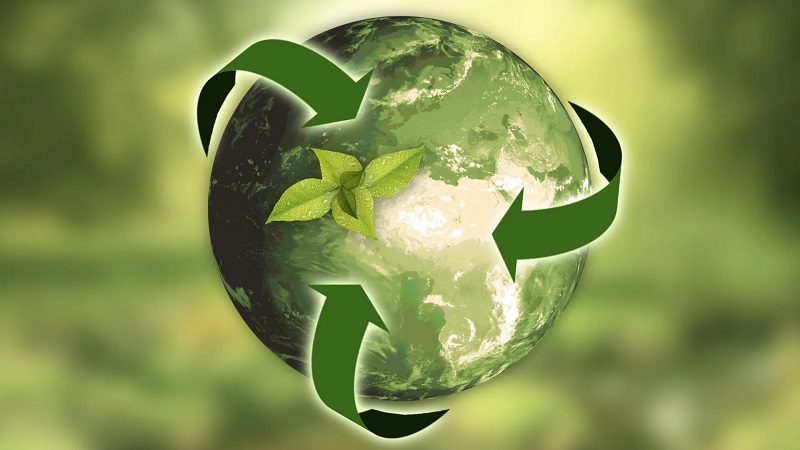The Circular Economy: A Sustainable Revolution

In today’s world, sustainability is not just a buzzword; it’s a necessity. The Circular Economy, a concept gaining momentum worldwide, offers a path to a more sustainable future. This article will delve into this innovative approach, exploring its many facets and answering your burning questions.
Circular Economy: A New Perspective
What is Circular Economy?
Imagine a world where waste doesn’t exist. That’s the essence of the Circular Economy. It’s a system that aims to minimize waste, keep products and materials in use, and regenerate natural systems. This revolutionary concept challenges the traditional “take-make-waste” linear model.
The Three Principles
- Design for Durability: Products are created to last, reducing the need for frequent replacements.
- Reduce, Reuse, Recycle: Materials are reused and recycled, extending their lifecycle.
- Regenerate Natural Systems: Efforts are made to restore ecosystems and reduce environmental impact.
The Economic and Environmental Benefits
Resource Efficiency
One of the primary benefits of embracing the Circular Economy is resource efficiency. In a world where resources are becoming scarcer, this approach offers a sustainable solution. By reusing and recycling materials, we reduce the demand for virgin resources. This not only conserves valuable natural assets but also decreases the environmental impact of extraction and processing.
Reduced Waste
In the traditional linear economy, products have a linear life cycle – they are made, used, and discarded. This results in mountains of waste and environmental degradation. However, the Circular Economy strives to minimize waste by designing products with longevity in mind and encouraging the recycling and repurposing of materials. Less waste means cleaner ecosystems and less strain on landfills.
Sustainable Resource Management
The Circular Economy optimizes resource utilization, reducing strain on our planet’s finite resources. This approach not only benefits the environment but also creates economic opportunities.
Job Creation
Transitioning to a Circular Economy creates a demand for new skills and industries. This shift can lead to job creation in sectors like recycling, refurbishment, and sustainable design.
Challenges and Solutions
Consumer Behavior
Shifting consumer attitudes and behavior is a major challenge. However, education and awareness campaigns can drive change, encouraging responsible consumption.
Policy and Regulation
Governments play a crucial role in promoting the Circular Economy through policies that incentivize recycling and sustainable production practices.
Circular Economy in Action
Circular Design
At the heart of the Circular Economy is circular design. This approach focuses on creating products that are easy to repair, upgrade, and recycle. It’s about designing with the end in mind, considering how a product will be disassembled and reused once its initial purpose is fulfilled.
Collaborative Consumption
Another exciting aspect of the Circular Economy is collaborative consumption. This concept encourages sharing and renting rather than outright ownership. Platforms like Airbnb, which allows people to rent accommodations, and car-sharing services like Zipcar, exemplify this idea. By sharing resources, we reduce the need for excessive production and lower our collective carbon footprint.
Sustainable Fashion
The fashion industry is notorious for its environmental impact. However, some fashion brands are leading the way in embracing circular practices. They encourage customers to return old clothes for recycling, repurpose discarded materials into new designs, and use sustainable fabrics. These initiatives not only reduce waste but also promote ethical and eco-conscious fashion.
Case Study: Patagonia
Patagonia, a renowned outdoor clothing company, exemplifies Circular Economy principles. They repair and recycle their products, creating a loyal customer base committed to sustainability.
Conclusion
The Circular Economy offers a transformative vision for a sustainable and prosperous future. By rethinking our approach to resources, waste, and consumption, we can create a world where economic growth and environmental preservation go hand in hand. As individuals, businesses, and governments align with circular principles, we take a significant step toward a brighter and more sustainable tomorrow.